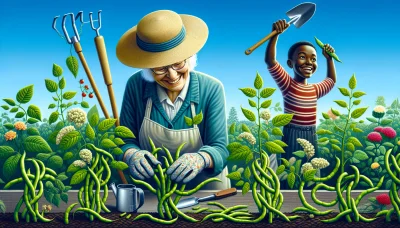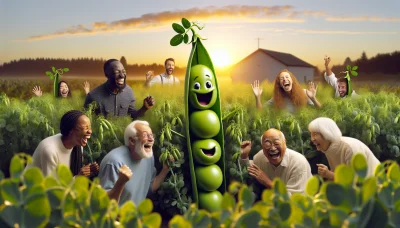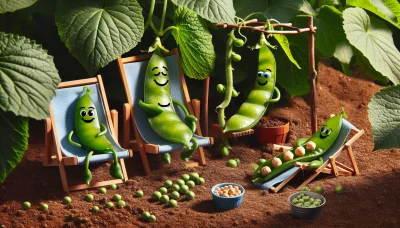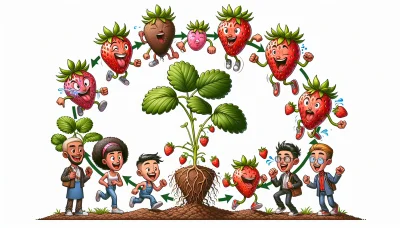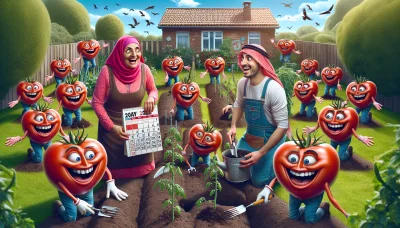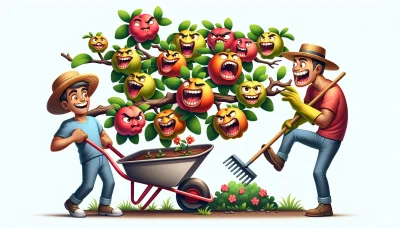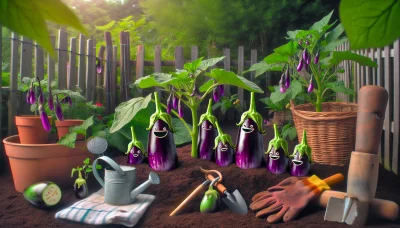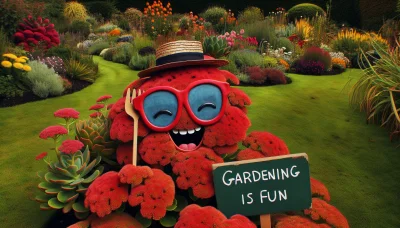How to eat paw paw Quiz
Test Your Knowledge
Question of
Introduction to Paw Paw: The Forgotten Fruit
The Paw Paw, scientifically known as Asimina triloba, is a unique fruit native to the Eastern United States and parts of Canada. Often overlooked in mainstream fruit consumption, the paw paw boasts a creamy texture and a rich flavor profile that has been described as a cross between a banana, mango, and melon. This fruit is commonly found in river bottoms and fertile, well-drained soil, thriving in the understory of hardwood forests. Despite its delightful taste and nutritional benefits, the paw paw remains relatively unknown to many, a hidden gem awaiting discovery.
Choosing the Perfect Paw Paw
When it comes to selecting the best paw paw fruit for eating, there are three main factors to consider: ripeness, color, and texture. A ripe paw paw should feel slightly soft to the touch, similar to how a ripe peach or mango would feel. The color of the fruit is also a good indicator of its readiness to be eaten; look for paw paws that have turned from green to a more yellow or brown hue. However, be cautious, as too much brown might indicate over-ripeness or bruising. Lastly, the texture of the paw paw should be creamy and custard-like when eaten, which further signifies its ripeness. By paying close attention to these characteristics, you can ensure you pick the perfect paw paw for a delicious treat.
Step-by-Step Guide to Eating Paw Paw
- Start by selecting a ripe paw paw. It should feel soft to the touch and have a yellowish-green skin.
- Wash the paw paw thoroughly under running water to remove any dirt or debris.
- Place the paw paw on a cutting board. Using a sharp knife, cut the fruit lengthwise into two halves.
- Gently scoop out the seeds from the center of each half with a spoon. The seeds are not edible.
- With the seeds removed, you can now scoop out the creamy, custard-like flesh with a spoon. Avoid the skin, as it's not typically eaten.
- Enjoy the paw paw flesh as is, or you can add it to salads, smoothies, or desserts for a tropical flavor.
- If you have any leftovers, store them in an airtight container in the refrigerator to keep the fruit fresh.
Creative Paw Paw Recipes
Paw Paw, often referred to as the American custard apple, is a unique fruit with a rich, creamy texture and a flavor profile reminiscent of bananas, mangoes, and melons. This makes it a versatile ingredient in a variety of dishes. Whether you're a long-time lover of paw paw or just curious to try something new, these simple recipes and ideas are perfect for incorporating this delightful fruit into your meals. From breakfast treats to refreshing desserts, there's something for everyone to enjoy.
- Paw Paw Banana Smoothie
- Paw Paw and Coconut Yogurt Parfait
- Fresh Paw Paw Salsa
- Baked Paw Paw with Honey and Nuts
- Paw Paw Ice Cream
- Chilled Paw Paw Soup
- Paw Paw Pancakes with Maple Syrup
- Savory Paw Paw Chicken Salad
Growing Your Own Paw Paw Tree
Paw paw trees, known scientifically as Asimina triloba, are a unique addition to any garden, offering not only lush foliage but also delicious fruit. Native to North America, these trees thrive in hardiness zones 4-8 and prefer a well-drained, slightly acidic soil. They require a sunny to partly shaded spot and adequate moisture to flourish. When it comes to care, paw paw trees are relatively low-maintenance. However, they do need consistent watering during dry periods and benefit from a layer of mulch to retain soil moisture and regulate temperature. Fertilization should be done sparingly, as excessive nutrients can harm the tree rather than help it.
- Choose a suitable location: Pick a spot with full sun to partial shade and well-draining soil.
- Prepare the soil: Amend the planting area with compost to ensure the soil is fertile and has good drainage.
- Planting: If you have a bare-root tree, soak the roots in water for a few hours before planting. Dig a hole twice as wide and just as deep as the root ball. Place the tree in the hole, spreading the roots out, and backfill with soil, gently tamping down to remove air pockets.
- Watering: Water the tree thoroughly after planting and maintain consistent moisture, especially during the first few years of growth.
- Mulching: Apply a 2-3 inch layer of organic mulch around the base of the tree to help retain soil moisture and regulate soil temperature.
- Fertilization: Apply a balanced fertilizer in the early spring, but avoid over-fertilizing.
- Pruning: Prune in late winter to remove any dead or diseased wood and to shape the tree.
- Pollination: Plant two or more paw paw trees for cross-pollination and better fruit production.
Health Benefits of Paw Paw
Paw Paw, also known as papaya, is a tropical fruit that is not only delicious but also packed with nutritional value. It is an excellent source of Vitamin C, which is essential for immune system function, and Vitamin A, which is important for vision and skin health. Furthermore, paw paw contains a significant amount of potassium, which helps in managing blood pressure levels, and magnesium, which is vital for muscle and nerve function. The fruit is also rich in antioxidants and dietary fiber, contributing to a healthy diet by promoting digestive health and reducing the risk of chronic diseases. Including paw paw in your diet can offer various health benefits, making it a great addition to a balanced and nutritious eating plan.
| Health Benefit | Description |
|---|---|
| Boosts Immune System | High Vitamin C content helps strengthen the immune system. |
| Improves Digestive Health | Rich in dietary fiber and water content, aiding in digestion and preventing constipation. |
| Supports Eye Health | Contains Vitamin A and antioxidants like beta-carotene, which protect the eyes and reduce the risk of age-related macular degeneration. |
| Regulates Blood Pressure | High potassium levels help in maintaining healthy blood pressure levels. |
| Reduces Inflammation | Contains enzymes like papain and chymopapain that have anti-inflammatory properties. |

